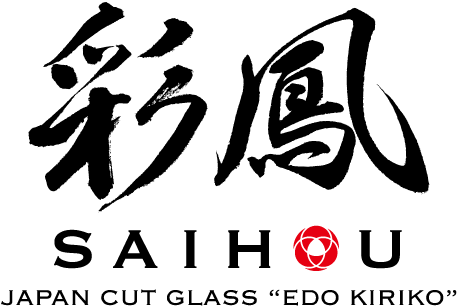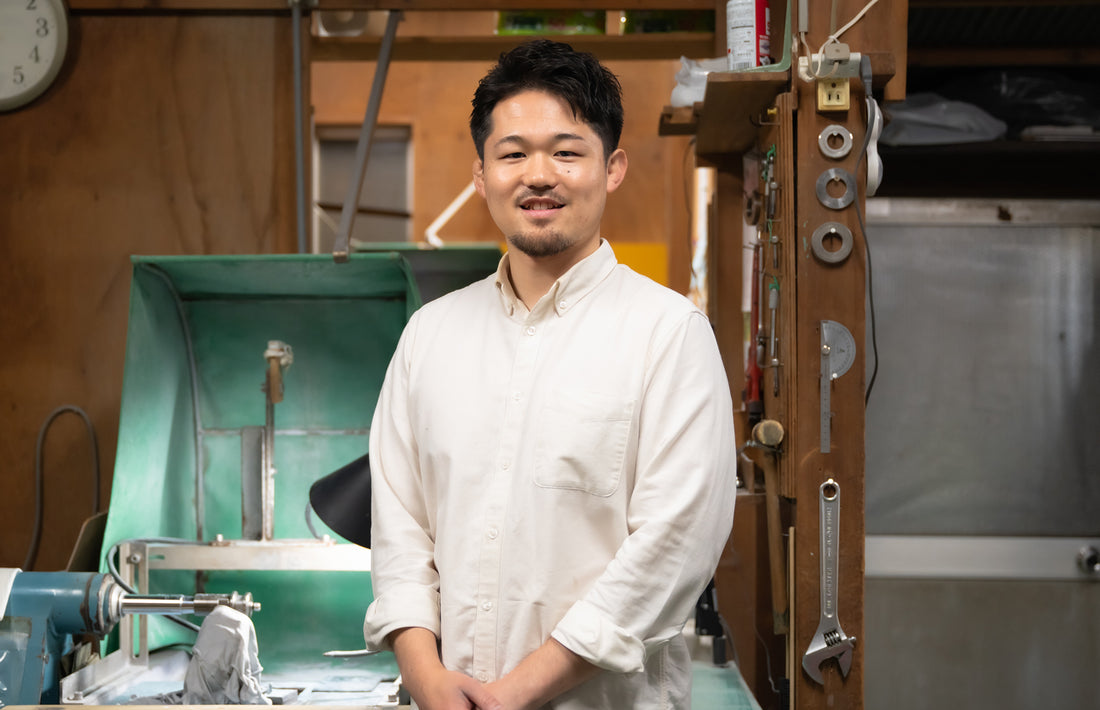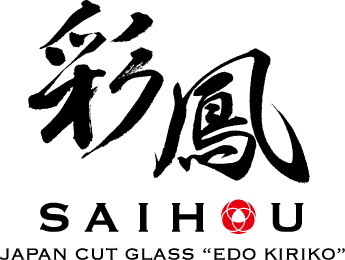Interview with an Edo Kiriko craftsman
Seiya Watanabe talks about the appeal and future of traditional crafts
1. Why did you become an Edo Kiriko craftsman?
Watanabe: The moment I encountered Edo Kiriko, it was love at first sight. I was searching for something to master as a craftsman, and I was captivated by the brilliance of Edo Kiriko. The moment I experienced its beauty, I knew that this was the path I wanted to take.
2. What is the appeal of Edo Kiriko?
Watanabe: The appeal of Edo Kiriko lies in its brilliance. When you're in a good mood, its brilliance brightens your mood even more, and when you're feeling down, it soothes your soul. Edo Kiriko is not just a craft, it is a presence that is close to your heart in your daily life. Anyone who holds it in their hands once will be captivated by its brilliance and beauty.
3. What are your personal favorite products or patterns?
Watanabe: My favorite is the M-58-BP . This product has a wonderful harmony of shape, color, and design. Although it is a sake cup, the "Osae" (edge) that widens towards the bottom effectively absorbs the color and maximizes its brilliance. The "Kiku-tsunagi" (connected chrysanthemums) pattern in particular is profound, and it is a masterpiece that exquisitely blends tradition and modernity.

4. What would you recommend to a customer who wants to buy Edo Kiriko?
Watanabe: For those purchasing Edo Kiriko for the first time, I recommend the M-58-BP . The design, which makes the most of Glass Studio Saiho's original blue-pink color, is both pretty and classic, and the octagonal basket weave pattern creates a balance that is loved by many people, regardless of age or gender. When clear sake is poured into it, the pink color stands out, captivating the viewer. This is a product that I can confidently recommend to first-time customers.

5. What do you think about the current state of Edo Kiriko?
Watanabe: In recent years, I feel that Edo Kiriko has placed too much emphasis on traditional patterns, and that its value is beginning to show its limits. Increasing value by incorporating many traditional patterns will eventually lead to uniformity and a loss of individuality. I believe that the future will be an era in which originality as an "artist" is required. However, this brings with it the problem of perception on the part of the recipient, who wonders, "Is this really Edo Kiriko?" If something goes beyond the bounds of tradition, it is no longer "Edo Kiriko" but simply a "glass work."


